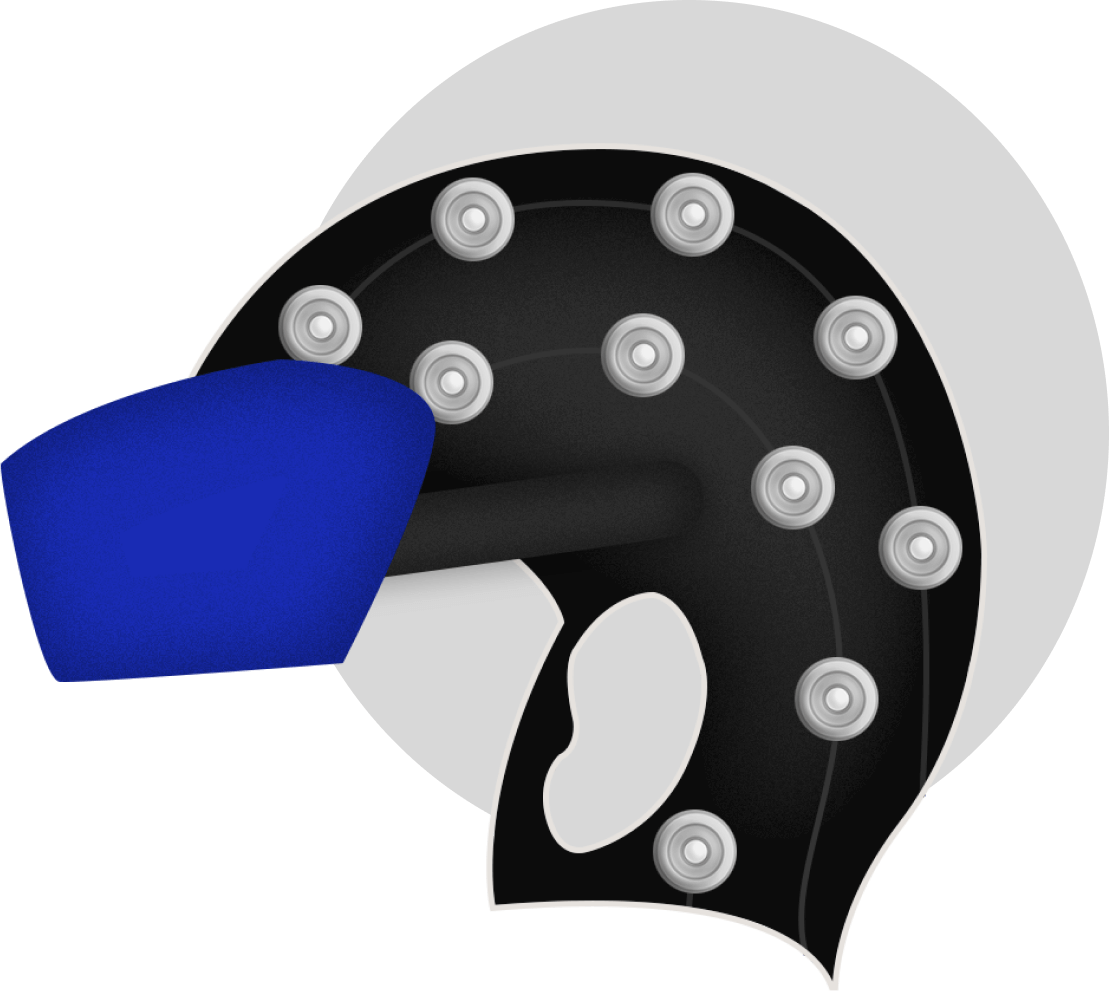Our science, technology,
and
experience is
unmatched.
01
Our Technology
Steady State Topography (SST)
Our tech combines predictive and deep diagnostic capabilities to yield powerful and actionable insights that give you the leading edge in achieving the most ambitious goals.

02
Our Methodology
We are the only neuromarketing company
that measures reactions:
that measures reactions:
1) In context
2) On the first exposure
3) On the relevant screen
4) With representative sample sizes
03
Our People
Our team brings unique skills and experience:
Our team has everyone, from leaders of the world’s largest communications agencies to global brand managers, neuroscientists, cosumer psycologists, technologists, data scientists, designers, and philosophers. We believe in the power of diverse perspectives to stretch our thinking and deliver the most robust understandings.


04
Our Data
Our Global Database
Over 25,000 ads tested across multichannel
environments offer meta-learnings to maximize
media placements, enhance branded moments,
and achieve category leadership status.
environments offer meta-learnings to maximize
media placements, enhance branded moments,
and achieve category leadership status.
Ads tested:
+25753
05
Our Competitive Advantage
In the last 20 years, traditional research has become faster and cheaper, but it has not become better. Despite changes in technology, most research still relies on self-reported data which is fundamentally flawed, providing a distorted view of reality at best.
01
Traditional tools measure conscious reactions.
90% of decision-making happens in the subconsious, yet Q&A research relies on conscious verbal responses. This produces rationalized answers — many times far from the consumer truth.
02
Traditional tools rely on self-reported data.
Self-reported research is distorted by contextual and social effects — studies of group dynamics show individual respondents often tailor their answers to agree with the larger group (social desirability bias) or what they perceive as the desired response.
03
Traditional tools can miss breakthrough ideas.
Henry Ford memorably joked, “If I had asked people what they wanted, they would have said faster horses.” He was right — since Q&A research often uses framed and leading questions and stimuli, it can underrate the potential of breakthrough ideas.
04
Traditional tools collect data post-exposure.
Most Q&A research depends on asking respondents for reactions immediately after their exposure to an experience. Respondents must rely on short-term memory which has little predictive value as long-term retention is not garanteed.
05
Traditional tools are often conducted out of context.
Most traditional market research will test stimuli in focus group facilities or via mobile device sampling; hwoever, the brain’s extraordinary sensitivity to context means that without immersion or simulation of the experience, the out of context reaction lacks accuracy.
Neuro-Insight versus other neuro tools.
Facial Coding
Measures human emotions through facial expressions.
Metric: Emotion
In-market sales correlation
= 9%Biometrics/GSR
Measures physiological reactions such as sweat and heart rate to make neurological assumptions about why these reactions occur.
Metric: Arousal
In-market sales correlation
= 27%Eye Tracking
Measures either the point of gaze or the motion of an eye relative to the head.
Metric: Visual Attention
In-market sales correlation
= 27%EEG
Measures the amplitude of brain activity as patterns (amplitude) in response to any given stimulus.
Metric: Attention
In-market sales correlation
= 62%Neuro-Insight
Measures the speed of processing in brain regions to understand what is being encoded into long-term memory.
Metric: Memory
In-market sales correlation
= 86%